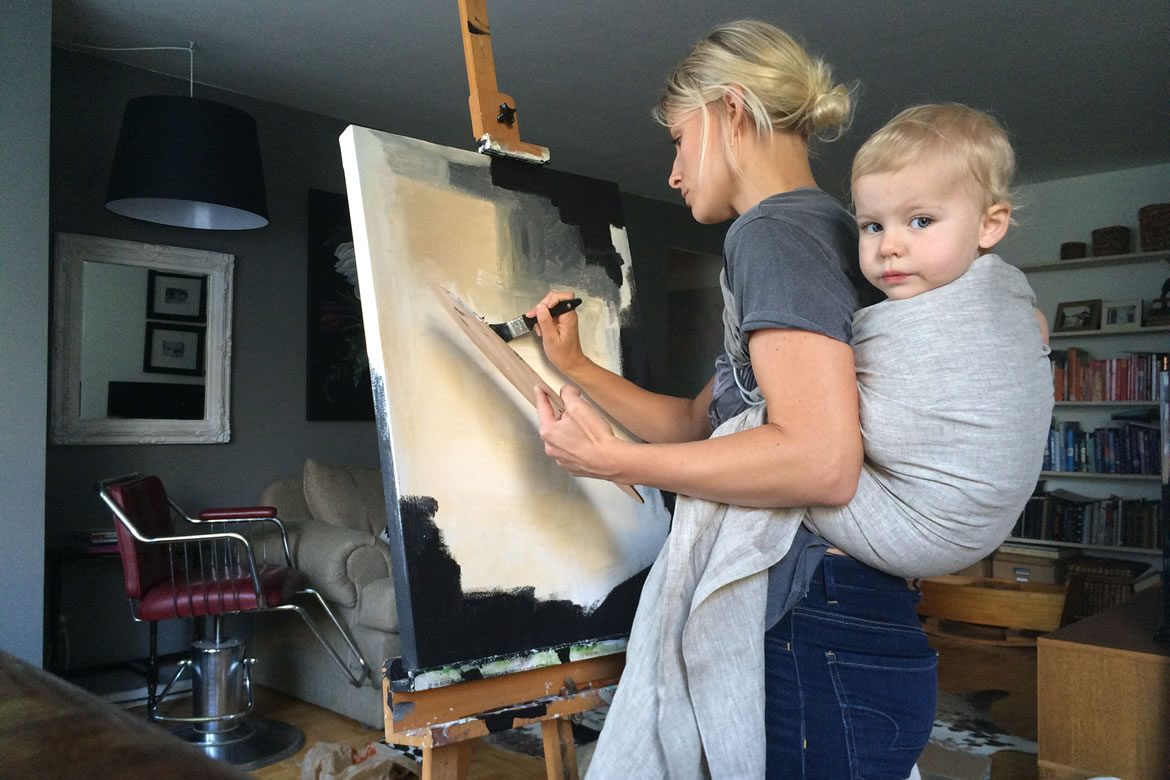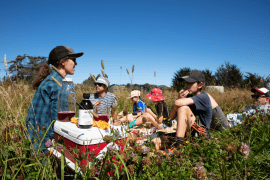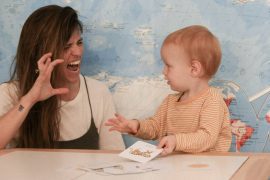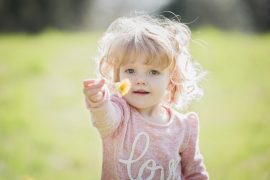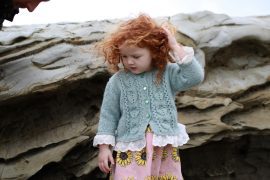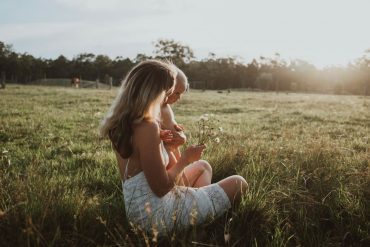By Hannah Schenker
Children love to play – well, we all do! This is also how children learn – discovering things about the world around them through their interaction with it. Whether you have a child destined for mainstream education or something a little different, you will probably also be interested in what educational tools and toys you can bring into your home for your child, to help them develop a wider skill-set – physical, sensory, creative, social and intellectual.
We all would like to instill a love of learning into our children, so that they grow into independent, happy, confident and well-adjusted people. Here are 5 things you might consider introducing to your child that will be fun but educational too, teaching them practical skills through play and nurturing their curiosity.
We can load our little children up with the brightest, flashiest toys and they still prefer a pot lid. Why is that? Perhaps it is because they have an innate drive to learn by experiencing the world, rather than passively sitting back and being entertained. This is something we can nurture (which may help later as they are bombarded by passive entertaining devices from all angles). Children also like to participate, trying out what they see us doing. You can foster your child’s independence and sense of self-worth by offering them child-size versions of all the tools you use around the house – like the practical life collection at The Montessori Shop – and getting them to help you, which they love doing! These tools will also help develop their motor skills, for example learning how to sweep something into a pan using a brush.
If, like us, you think it’s important to educate your child about the natural world, you might consider planting a tree together in your garden – this earth needs more trees! Or you could try growing some plants from seed. This will help instill the value of us being caretakers of this land, giving back to earth when we can. You’ll have the opportunity to talk about the benefits of your chosen plant/s, the soil, the elements, the ecosystem of bees, birds, bugs – all the factors that come together to foster the growth of a plant. If you’re in New Zealand and you’ve got the space you might want to go for a native tree such as a pohutukawa. If you don’t have so much room, perhaps you’d plant a fruiting tree, like a Chilean guava, or a feijoa – then you get the added bonus of eating the fruit later! You can actually send away for a tree or seed kits with Trees Please and have it delivered to your door in a box that you can reuse for your seedlings. Genius.
If you’re into all things environmental and chemical-free, and your child is at teeth-brushing age, then you might want to think about what products you are using when you begin to teach them about dental care. Admittedly, your child might go through the “I eat toothpaste for fun” phase, so you might as well be using something you know is safe, free of unnecessary additives and chemicals and even organic. Jack N’ Jill Kids have developed products that take all of this into consideration: all natural, hypoallergenic toothpaste with organic ingredients and toothbrushes with handles that are made of NON GMO cornstarch, and are therefore biodegradable and recyclable. These kits will provide everything you need to get started.
If you are like many people these days who move home every few years, you may have already realized that the old height-chart-on-the-door-frame isn’t so mobile. I still get a thrill looking back at all the markings on the one at my mother’s house. It taught me interesting information about my own growth, also in comparison to my siblings, friends and other visitors who were lucky enough to get recorded. But if you’re on the move, there is a solution – a mobile OnWood height chart. With several colours and patterns to choose from, you can tailor your measuring to your child’s tastes, and also feel happy because the timber is upcycled – reclaimed and repurposed and given a new home. This is a great chance to teach your child about the concept of measurement – introducing them to the numbers, figures and language involved. They will get a kick out of seeing how much they grow (and that happens pretty quickly!).
Hannah Schenker is a freelance writer, editor and regular contributor to The Natural Parent Magazine. She lives with a touch of magic in Golden Bay, New Zealand.

